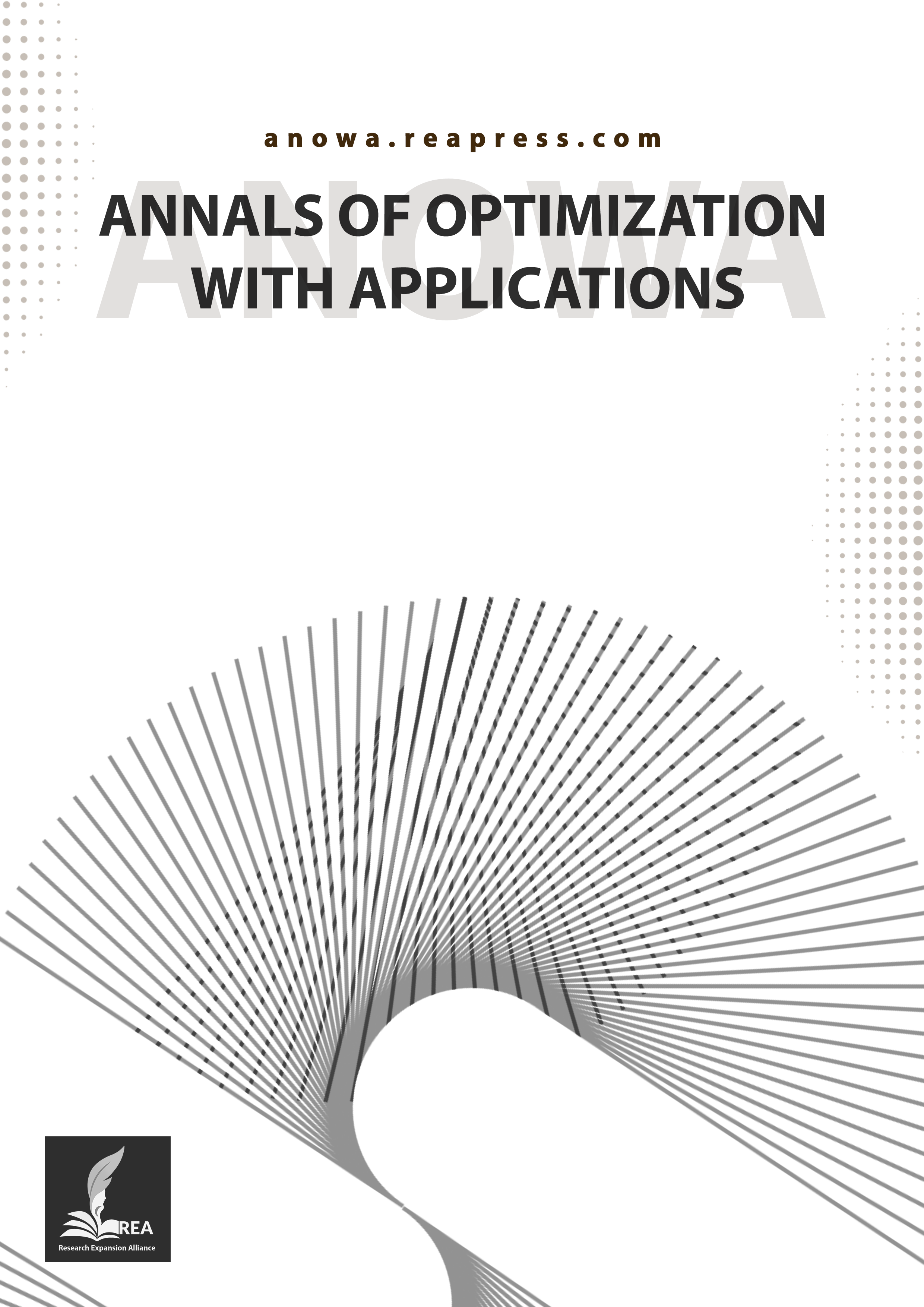Adjusting the Project Schedule by Pre-Control Chart
Abstract
In contemporary project management practices, one of the most pressing challenges is the establishment of a reliable and adaptable project schedule that accounts for potential variations and allows sufficient time for revisions prior to implementation. Traditional scheduling techniques often fall short of providing structured mechanisms for dealing with schedule uncertainty, feedback loops, and control adjustments. This paper introduces a novel and practical methodology that integrates Monte Carlo simulation with Pre-control chart techniques to enhance planning precision and risk-informed decision-making. The approach is further supported by the capabilities of Primavera Risk Analysis software, enabling the identification of critical risk zones, evaluation of control intervals, and visualization of project performance against predetermined control boundaries. The innovation of this research lies in the application of univariate pre-control charts—initially designed for industrial quality control—into the domain of project scheduling and monitoring, offering project managers a scientifically grounded and visually interpretable framework for schedule adjustment and control. The proposed methodology not only facilitates early detection of deviations but also provides a structured algorithm for schedule revision, ensuring that corrective actions can be implemented proactively. A case-based illustration is presented to demonstrate the practical implications and advantages of this integrated method in a real-world project context. The results indicate that the use of pre-control charts within a probabilistic scheduling environment leads to improved schedule reliability, better resource alignment, and enhanced preparedness for execution. This study lays the foundation for future research on extending pre-control logic to multi-objective project management domains, such as cost and quality control, thereby contributing to the development of integrated and adaptive control strategies for complex projects.
Keywords:
Project management, Pre-control, Simulation, Scheduling, Monte Carlo method, PracticalReferences
- [1] Singh, H., & Williams, P. S. (2021). A guide to the project management body of knowledge: pmbok (®) guide. Project management institute (pp. 1–8). Project Management Institute. https://amberton.edu/wp-content/uploads/2023/07/MGT4497_E1_Fall2023.pdf
- [2] Ledolter, J., & Swersey, A. (1997). An evaluation of pre-control. Journal of quality technology, 29(2), 163–171. https://doi.org/10.1080/00224065.1997.11979747
- [3] Evans, J. R., & Lindsay, W. M. (2010). Managing for quality and performance excellence. Delmar Learning. https://B2n.ir/ej7290
- [4] Qing Liu, S., Su, Q., & Li, P. (2014). Research on the quality stability evaluation and monitoring based on the pre-control chart. International journal of quality & reliability management, 31(9), 966–982. https://doi.org/10.1108/IJQRM-02-2013-0032
- [5] Fa, Z., & Li, X. (2021). From aggregate to part: Study on the change of coal mine safety records in China under the intervention of risk pre-control management system. Resources policy, 73, 102159. https://doi.org/10.1016/j.resourpol.2021.102159
- [6] Yan, Y., Lei, Y., & Xing, Z. (2010). Trends of low carbon economy and strategies of oil companies. Petroleum science and technology forum. 29(1),17–23. https://doi.org/10.3969/j.issn.1002-302x.2010.01.006
- [7] Nepal, B., Mohanty, S., & Kay, L. (2013). Quality improvement of medical wire manufacturing process. Quality engineering, 25(2), 151–163. https://doi.org/10.1080/08982112.2012.758282
- [8] Boaventura, L. L., Fiaccone, R. L., & Ferreira, P. H. (2024). Prediction control charts: A new and flexible artificial intelligence-based statistical process control approach. Annals of data science, 11(1), 273–306. https://doi.org/10.1007/s40745-022-00441-5
- [9] Yun, D., Liu, W., Wu, C. Q., Rao, N. S. V, & Kettimuthu, R. (2021). Exploratory analysis and performance prediction of big data transfer in High-performance Networks. Engineering applications of artificial intelligence, 102, 104285. https://doi.org/10.1016/j.engappai.2021.104285
- [10] Calp, M. H., & Akcayol, M. A. (2018). Optimization of project scheduling activities in dynamic CPM and PERT networks using genetic algorithms. Süleyman Demirel üniversitesi fen bilimleri enstitüsü dergisi, 22(2), 615–627. https://dergipark.org.tr/en/pub/sdufenbed/issue/38975/456362
- [11] Yousefi, N., Sobhani, A., Naeni, L. M., & Currie, K. R. (2019). Using statistical control charts to monitor duration-based performance of project. ArXiv Preprint ArXiv:1902.02270. https://doi.org/10.48550/arXiv.1902.02270
- [12] Sheikhalishahi, M., Abdolhossein Zadeh, S., Naeimi, S., & Sardardabadi, A. (2022). Improving earned value management and earned schedule by statistical quality control charts considering the dependence between cost and schedule. Journal of quality engineering and production optimization, 7(1), 177–198. https://jqepo.shahed.ac.ir/article_3779.html
- [13] Quality, booker. (2023). Pre-control charts pre-control limits narrow-limit gauging. https://www.qualitybook.org/pre-control-charts/
- [14] Seyisoglu, B., Shahpari, A., & Talebi, M. (2024). Predictive project management in construction: A data-driven approach to project scheduling and resource estimation using machine learning. Available At SSRN 5077301. https://dx.doi.org/10.2139/ssrn.5077301
- [15] Johansson, E. (2024). Integrating machine learning models in construction project scheduling for predictive analytics. International journal of hydropower and civil engineering, 5(2), 28–33. https://doi.org/10.22271/27078302.2024.v5.i2a.51
- [16] Semssar, S. A. (2021). Predictive quality analytics. https://B2n.ir/zz2116
- [17] Breyfogle III, F. W. (2003). Implementing six sigma: Smarter solutions using statistical methods. John Wiley & Sons. https://B2n.ir/jh8383
- [18] Rubinstein, R. Y., & Kroese, D. P. (2016). Simulation and the Monte Carlo method. John Wiley & Sons. https://B2n.ir/ez9767
- [19] Venterea, R. T., Spokas, K. A., & Baker, J. M. (2009). Accuracy and precision analysis of chamber‐based nitrous oxide gas flux estimates. Soil science society of america journal, 73(4), 1087–1093. https://doi.org/10.2136/sssaj2008.0307


